What is Rainwater Harvesting ?
Rainwater Harvesting is a technology used to collect, convey and store rainwater from relatively clean surfaces like the roof, rock catchment or land surface − essentially for later use. This collected rainwater is either directed to recharge groundwater or stored in a rainwater tank.
Rainwater Harvesting isn't some modern technology, it has been practiced for over 4000 years throughout the world. Traditionally in arid and semi-arid areas, rainwater harvesting systems have provided water for domestic use, drinking, livestock, and small irrigation purposes. Today, rainwater harvesting is gathering a lot of significance as a modern, water−saving and simple technology.
There are so many reasons why we should start collecting rainwater. From doing our part for the environment and saving money on water bills to having constant access to water − collecting rainwater can be beneficial in so many ways.
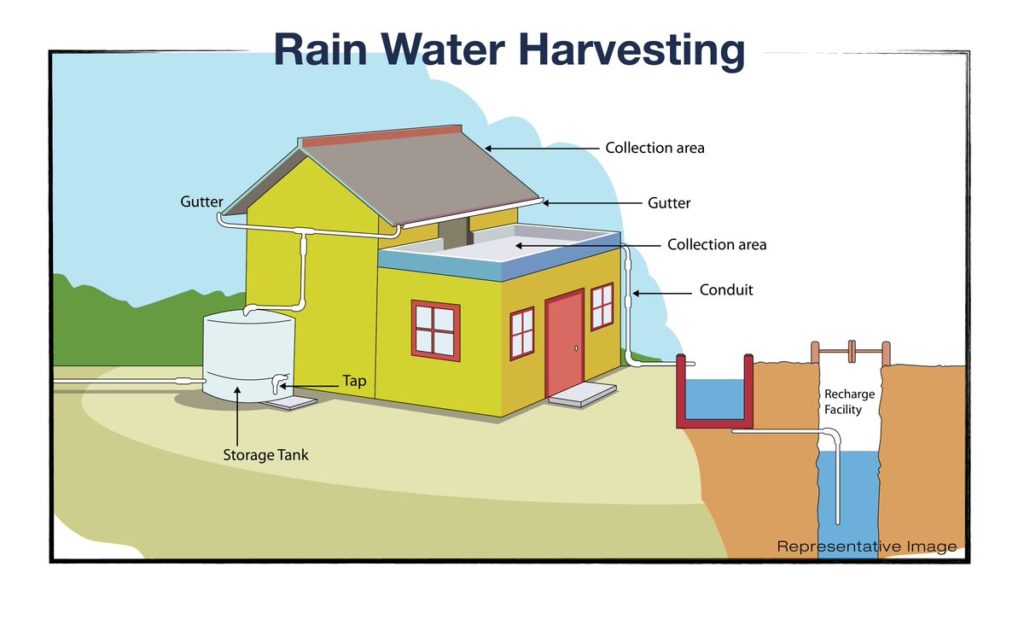
WHAT ARE THE BENEFITS OF RAINWATER HARVESTING ?
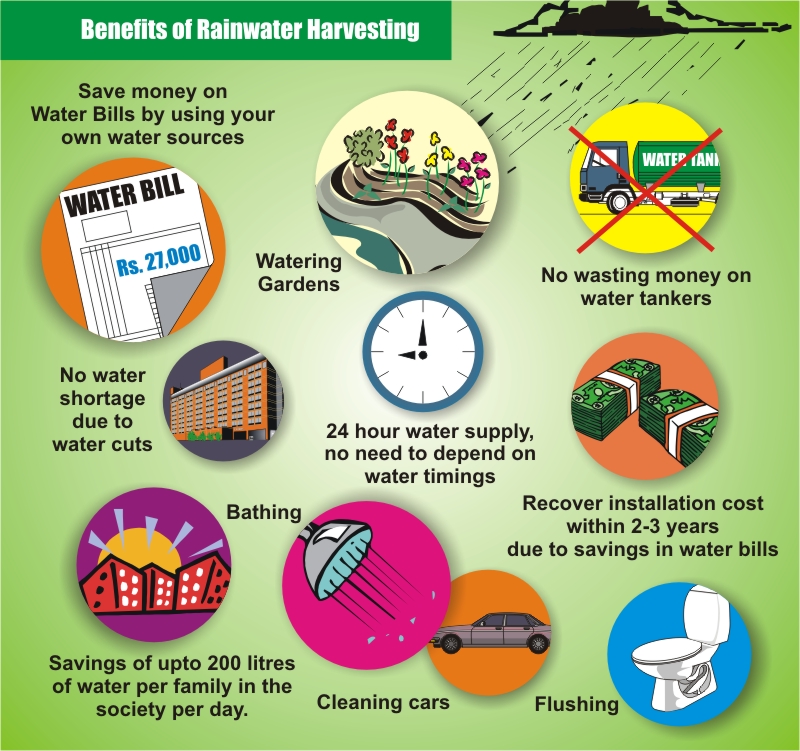
AVAILABLE HARVESTING TECHNIQUES
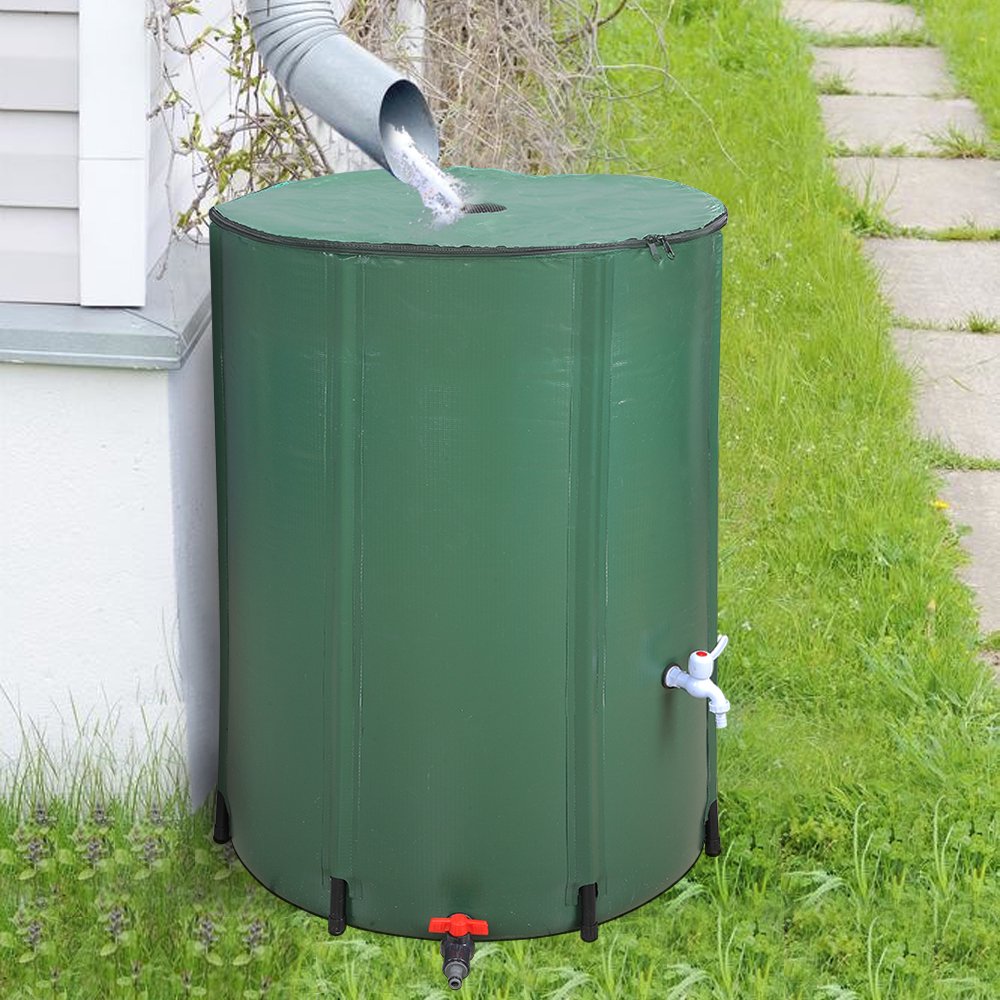
The easiest and cheapest way to start harvesting rainwater in your home. A barrel is simply installed underneath the downspout of the guttering so that rain falling on the roof is funneled into the barrel.
Rainwater Barrels

Instead of directing rainwater for storage in the tank and then channel it to the garden, you could install a green roof on your house to enable plants to use the water instantly.
Green Roof

Retention ponds are used to collect surface runoff water and can be used for groundwater recharge, irrigation or any other purpose other than potable uses.
Retention Ponds
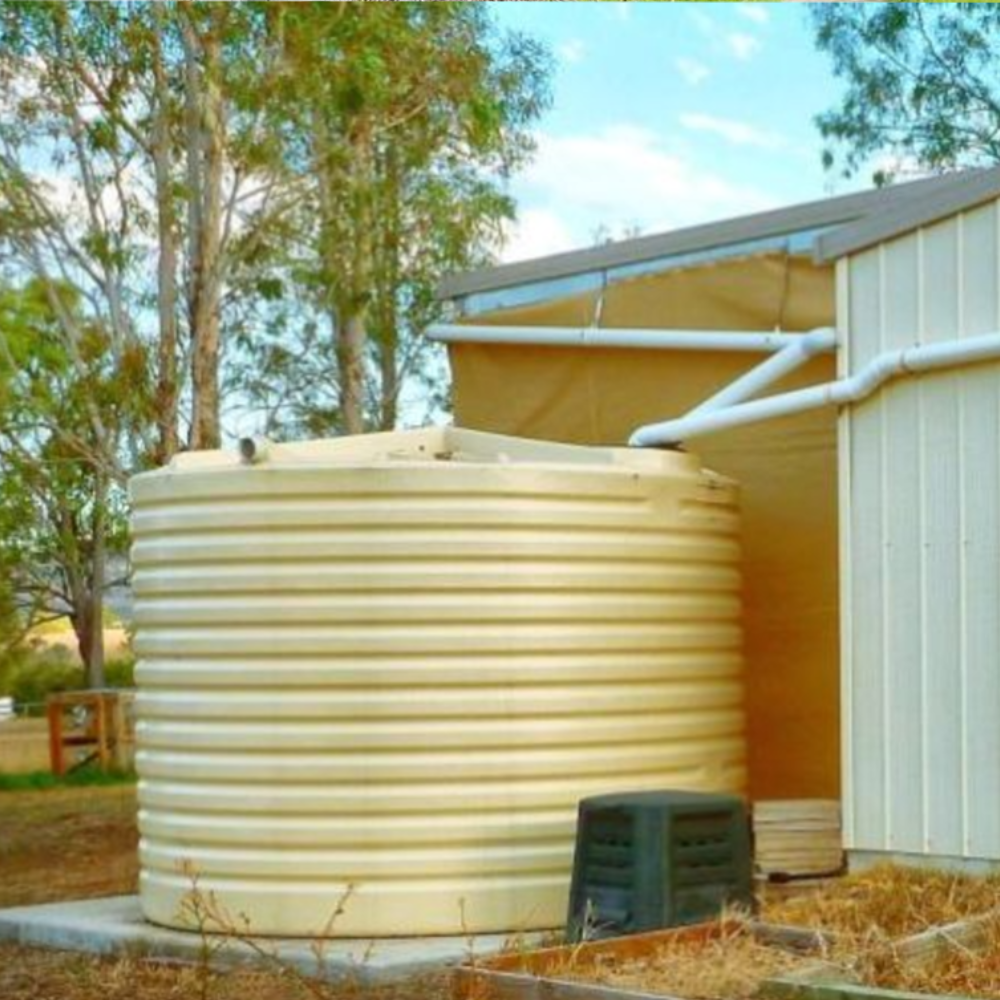
A well-known method of rainwater harvesting. It's basically an improvement to the rainwater barrel technique in terms of size.
Dry System
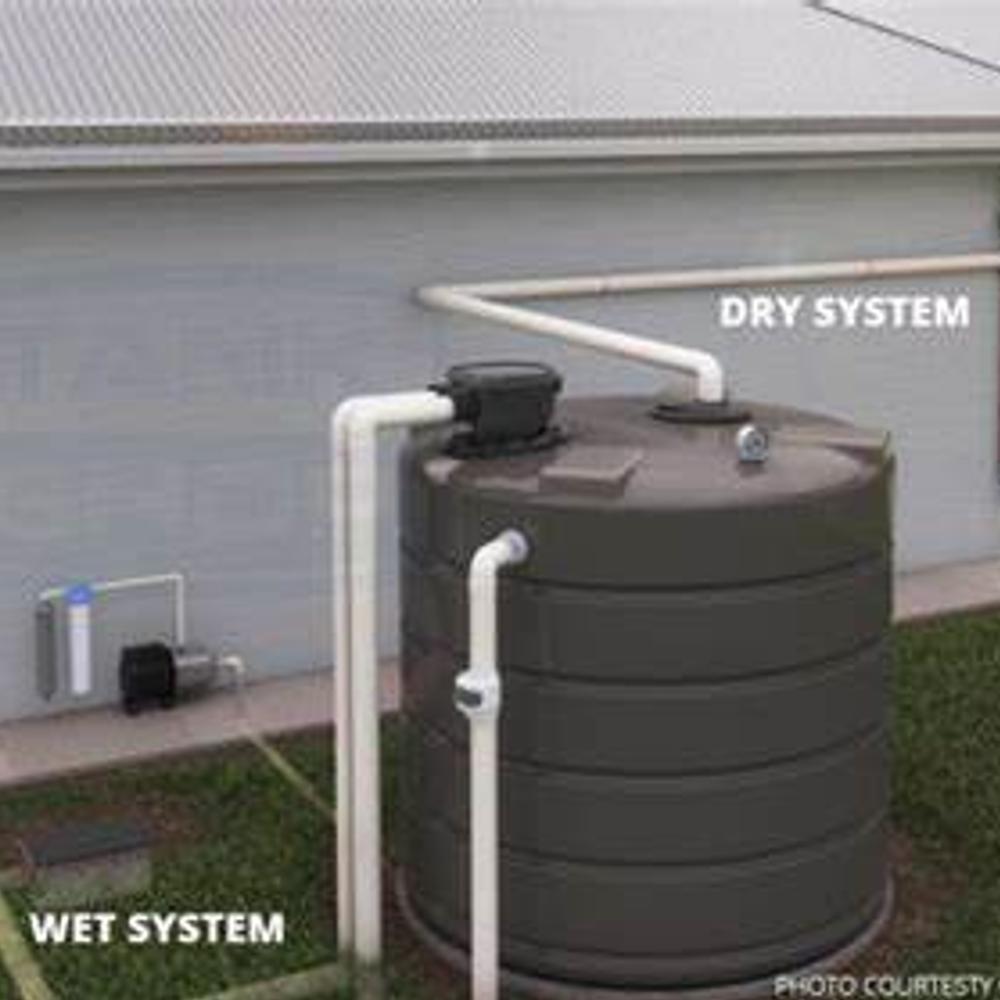
The exact opposite of the dry system. This is because the collection pipes are located underground and always full of water.
Wet System

A Permeable Pavement stormwater runoff system stores water by allowing stormwater runoff to infiltrate through porous surfaces into a storage reservoir.

